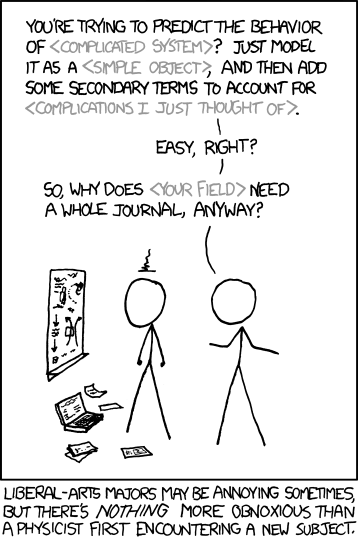Network orchestration with Micetro: the spherical cows of multicloud DDI
What do multicloud DDI and Micetro by Men&Mice have in common? Cows: spherical cows in a vacuum.
Aug 19th, 2021
It’s been a rocky road for network administrators as businesses moved from on-premises data centers to the cloud. The desire to utilize best-in-class solutions, coupled with increasingly complex network needs, has been an ever-mounting challenge for networks.
Especially as cloud adoption turned to multicloud.
The road to multicloud
It’s been fascinating to watch as the networking world transformed. (Remember: we’ve been around for 30 years! We saw it happen.)
For a long time, migration to the cloud used to be an expensive and difficult notion for enterprise companies reluctant to invest in the new paradigm. Their resistance faded quickly as increasingly data-intensive applications, resource-hungry business ambitions, and rapidly shifting market demands sped up their digital transformation. Even to the point that in order to stay competitive, they were looking to move not only to one cloud but many clouds.
Cloud vendors, of course, were happy to oblige, as companies were flocking to the undeniable benefits they offered. But then the world (and their applications, business ambitions, and market demands) changed again. (Or kept changing, depending on your philosophical bend.) One cloud became many, and many clouds became a multicloud.
Assuming a spherical multicloud…
Multicloud DDI is easy, right? DNS, DHCP, and every piece of network technology are standardized, correct? Surely it’s not hard to mix and match the unique benefits of clouds into a multicloud that works for your company.

A lot, if not most, enterprise networks struggle with multicloud because there are too many variables (management frontends, APIs, SLAs, resource types, etc.) to handle, and none of them are designed to be compatible with each other. While the foundation for technologies like DNS or DHCP is indeed standardized, the implementation makes all the difference when it comes to utilizing them. More clouds mean more platforms, each with their own ecosystem of management tools and processes. Each new component brings in its own management overhead and creates a (cascading) range of compatibility and portability issues.
Back in 2019 we articulated the key component to multicloud success. But even before that time, we’ve focused on connectivity rather than connection endpoints. That approach hasn’t changed since, if anything, we’ve been proven right, and our theory refined into that of sustainable networking.
To better illustrate, think of sustainable networking in a multicloud environment as a spherical cow in a vacuum. No, really:
Spherical cows are an oft-used physics joke, but also a useful tool in solving complex, cascading problems by simplifying the variables. Managing multicloud networks is one of those complex, cascading problems.
Your job as a network manager is to manage the network, not the platform. For the network to do its job, it should (and is often expected to) work as if it was a single, spherical entity floating in a vacuum with uniform density.
Enter Micetro by Men&Mice, turning your complex problem into a spherical multicloud in a vacuum.
Multicloud DDI with Micetro
Micetro was designed to streamline complexities of diverse, heterogeneous network environments (that we saw becoming the norm from the start), such as those in a hybrid or multicloud. As an orchestration solution, it removes the independent management overheads, decoupling them from the backend infrastructure and into a single control interface of a feature-complete API and an intuitive UI built on top of it.
In short: in Micetro we created a spherical cow of network management. You’re welcome.

Of course, all the platform-specific functionality is still there for you to use – but only when you actually need it. These non-spherical parts of the multicloud cow (multicow? That doesn’t sound right.) are tucked safely inside the spherical model of network orchestration to ensure compatibility and portability. Workflows and processes are applied to the whole will work on the individual components just the same, and Micetro will pick up on changes made externally.
As of this post (in version 10.0), Micetro supports the following cloud platforms:
- Microsoft Azure DNS,
- AWS Route 53,
- Akamai Fast DNS,
- NS1,
- Dyn,
- OpenStack private clouds…
… and we’re not done, not just in terms of extending that list but also improving the support for cloud DNS and IPAM. (You know, all those bits inside our happy spherical cow.)
Onward into the future(-proof network)
Spherical cows in a vacuum are great in theory. But you can actually see them, and sustainable networking, in real life. Just schedule a live demo with our experts, who can walk you through the unique benefits of Micetro. But if sphericalizing (might have made that word up) your network yourself, sign up for a free demo that you can deploy without disruption within an hour.
(And, speaking of clouds, the Azure Marketplace has Micetro for you ready to go.)